Green Valley of South Korea: My Journey to the Mountains
As someone from a flatland region, my relationship with mountains has been almost nonexistent. Growing up in Bangladesh, my surroundings were dominated by lush green plains rather than towering peaks. My only brush with hills was back in 2008/2009 when I visited Sylhet with friends. That short encounter with rolling hills sparked a curiosity that has stayed with me. Fast forward to today, life has brought me to South Korea—a country surrounded by mountains—and I couldn’t feel luckier.
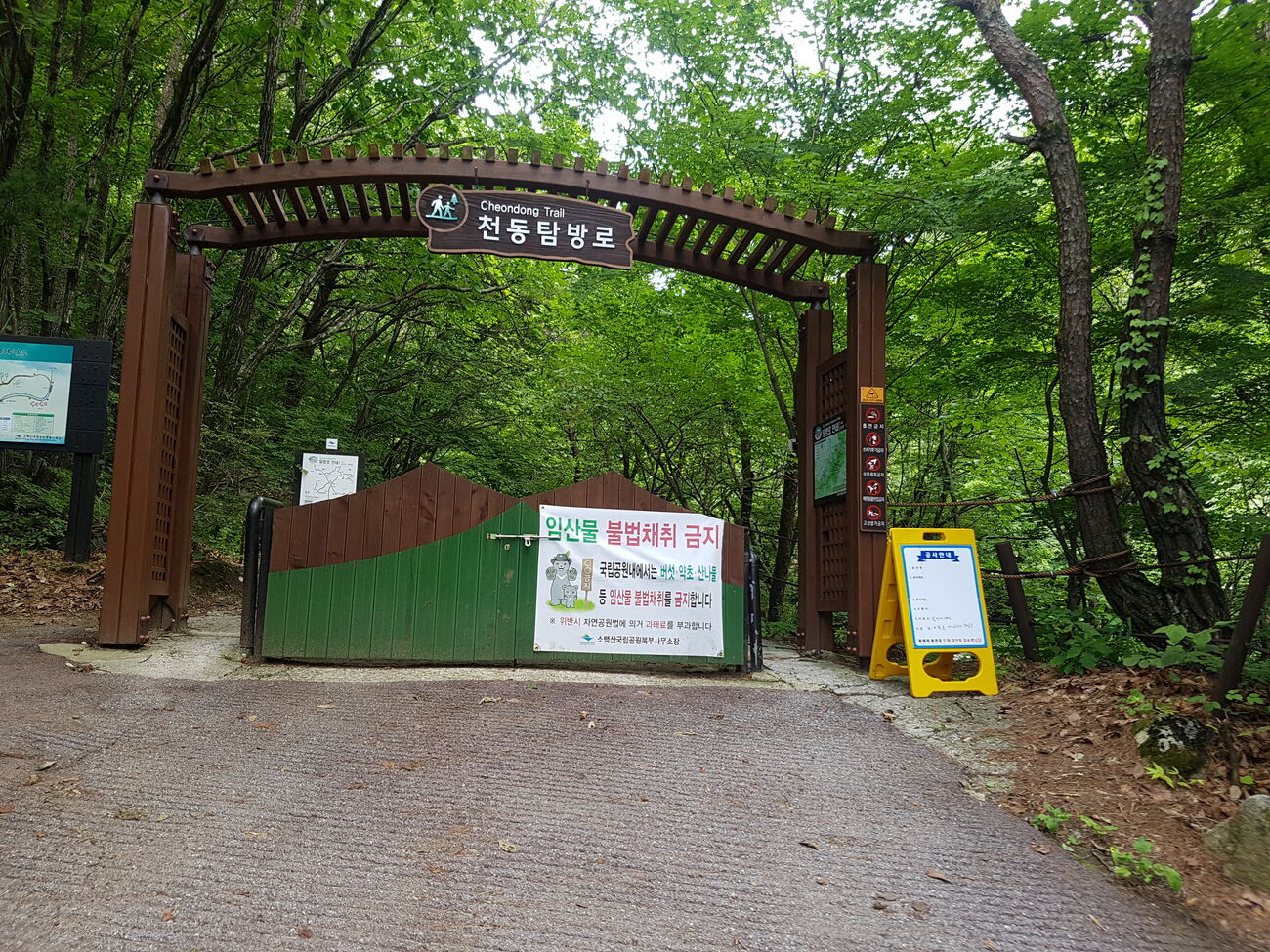
Right outside my home is a small hill, standing at about 190 meters. It has become a frequent escape for me, offering peace and a chance to connect with nature. However, my explorations have expanded beyond this small hill. South Korea is home to some truly majestic mountains, each with its unique character and charm. Among these, Sobaeksan National Park stands out as a hidden gem that offers an unforgettable experience for nature lovers and adventure seekers alike.
A Mountainous Country: An Overview of South Korea’s Peaks
South Korea’s landscape is defined by its mountains. While the towering Baekdusan, located in North Korea, remains a dream for most South Koreans, the country has plenty of accessible peaks that showcase its natural beauty. Hallasan, on Jeju Island, is South Korea’s tallest mountain at 1,950 meters and is often regarded as the most beautiful. Other notable peaks include Jirisan, Seoraksan, and Sobaeksan, each offering a unique hiking and sightseeing experience.
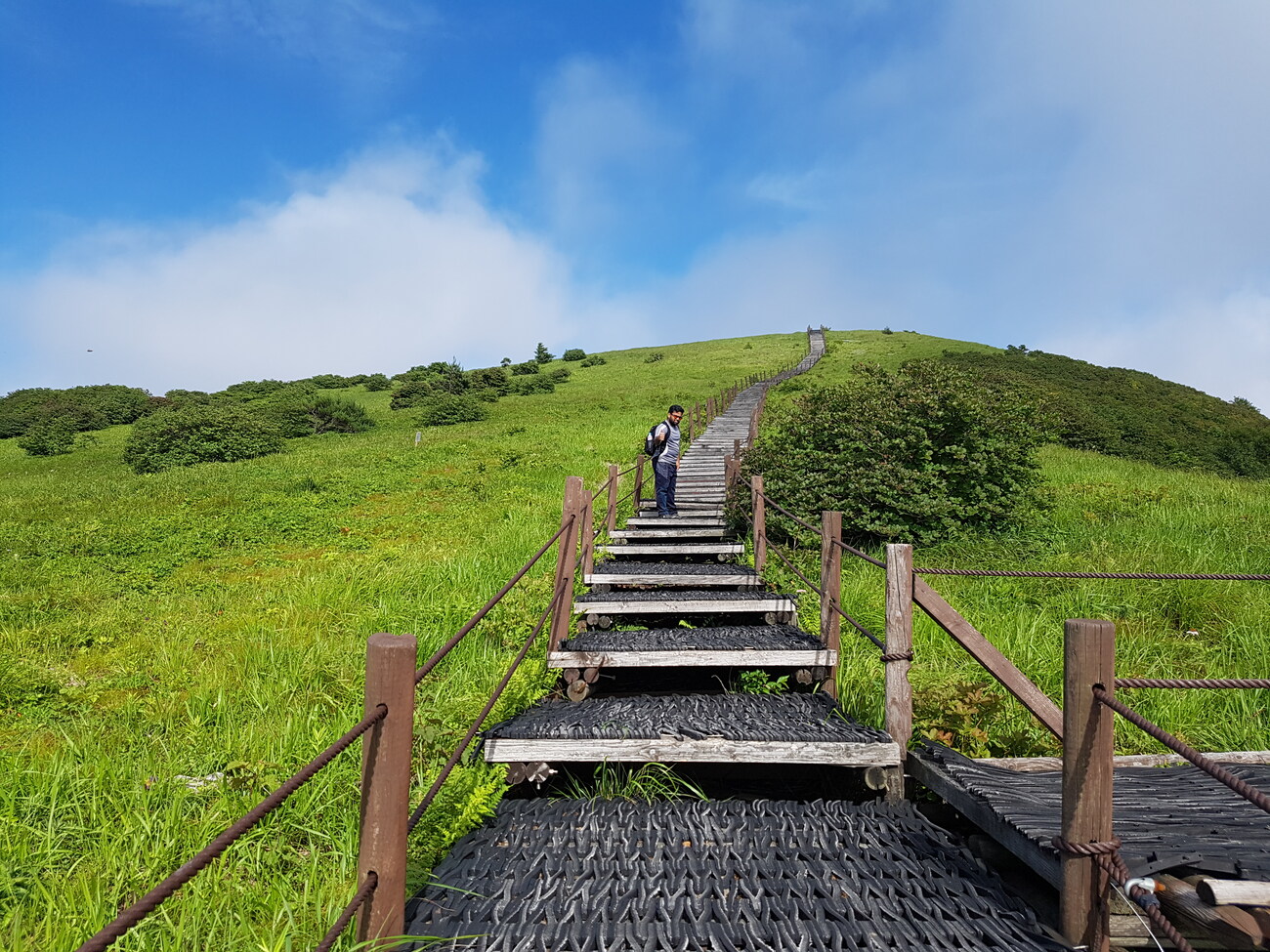
Nestled in the heart of the country, Sobaeksan is a true treasure. It combines dense forests, vast meadows, wildflowers, and breathtaking views to create an atmosphere that feels almost magical. The park is named after its main mountain, Sobaeksan, which means “Small White Mountain,” reflecting its snow-covered peaks during winter. At 1,439 meters, its highest peak, Birobong, provides panoramic views that stretch as far as the eye can see.
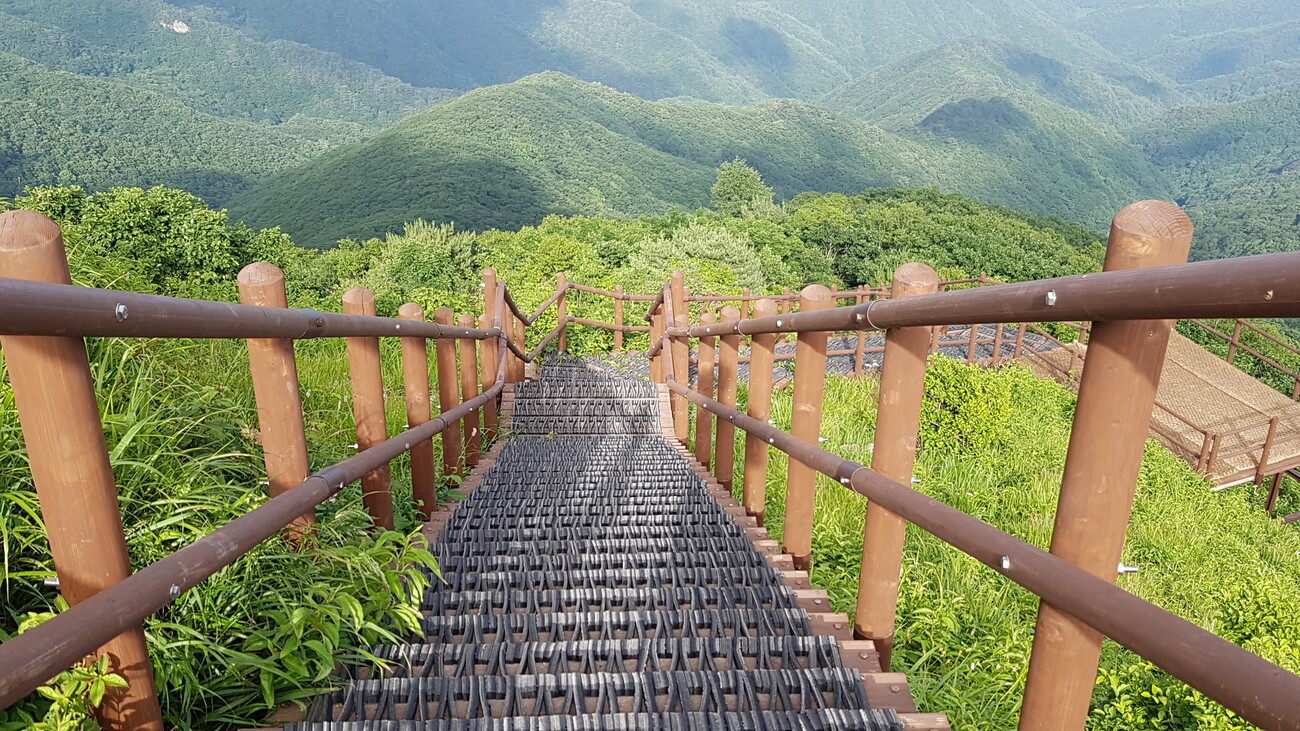
Sobaeksan National Park: A Nature Lover’s Paradise
The Beauty of Sobaeksan
What sets Sobaeksan apart from other mountains is its strikingly diverse terrain. The lower slopes are blanketed by dense forests, rich with pine and oak trees. As you ascend, the landscape transforms into open meadows teeming with vibrant wildflowers. The mountain comes alive during the warmer months, with the colors of azaleas and royal azaleas adding to its charm.
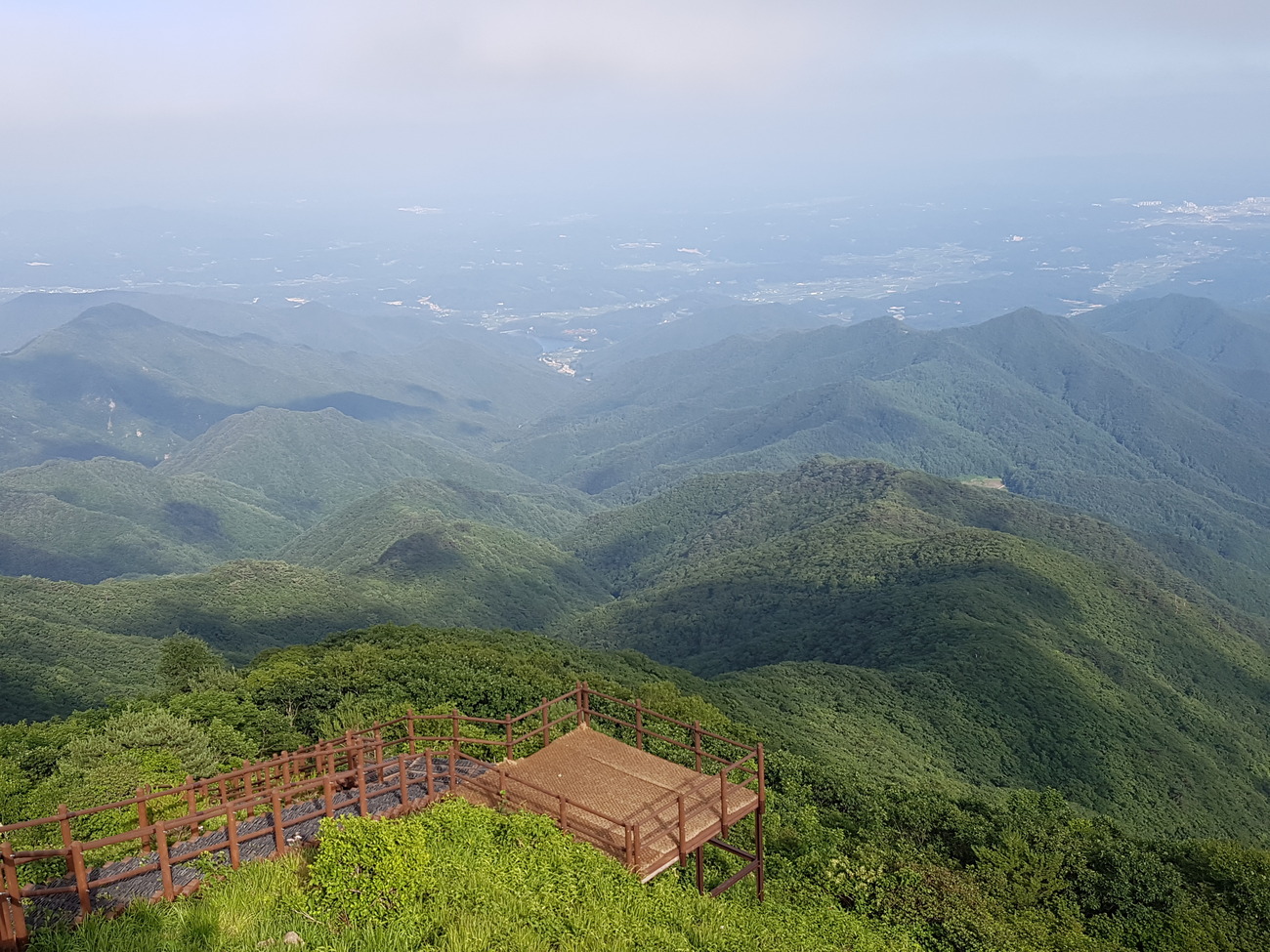
The wooden stairways, starting approximately 600 meters below the summit, make the ascent both manageable and scenic. These stairways wind through the meadows, offering glimpses of dome-shaped peaks and the serene Danyang town in the distance. The views are particularly stunning during sunrise and sunset when the skies are painted with hues of orange and pink.
In winter, Sobaeksan turns into a wonderland, with its peaks draped in snow and icicles adorning the trees. Whether you’re a seasoned hiker or a first-time visitor, the mountain’s charm will leave you captivated.
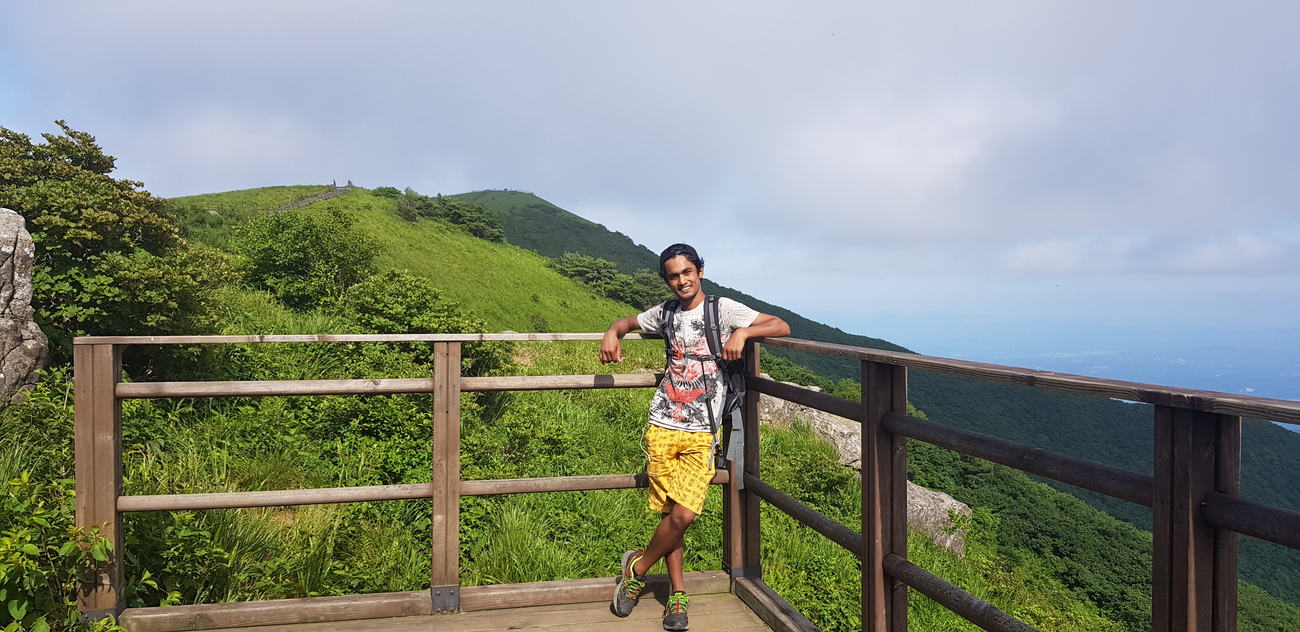
Hiking Trails in Sobaeksan
Sobaeksan National Park boasts a variety of trails that cater to all levels of hikers. Here are the most popular routes, each with its unique charm:
1. Birobong Trail
- Starting Point: Cheondong Information Center (Danyang)
- Distance: 14.6 km round trip
- Duration: 7–8 hours
- Highlights:
The Birobong Trail is the most iconic route, leading to the highest peak of Sobaeksan. It begins at the Cheondong Information Center, where you’ll find maps and basic amenities. The trail starts gently, passing through a lush forest filled with pine and birch trees. The sound of rustling leaves and chirping birds creates a serene atmosphere.About halfway up, the trail becomes steeper, but the wooden stairways make the climb manageable. These stairways are a highlight of the trail, offering scenic spots to rest and take in the surroundings. As you near the summit, the dense forest gives way to open meadows, offering unobstructed views of the surrounding valleys and peaks. The summit itself provides a 360-degree view, with the town of Danyang visible in the distance. It’s a rewarding experience, especially if you start early enough to catch the sunrise.

2. Yeonhwabong Trail
- Starting Point: Birosa Temple Parking Lot
- Distance: 9.2 km round trip
- Duration: 5–6 hours
- Highlights:
This trail leads to Yeonhwabong Peak, the second-highest point in Sobaeksan. It offers a quieter and more meditative experience compared to the Birobong Trail. The route begins near the ancient Birosa Temple, a cultural landmark worth exploring before your hike.As you ascend, you’ll pass through a beautiful pine forest. The trail is less crowded, making it ideal for those seeking solitude. The views from Yeonhwabong Peak are equally breathtaking, with a clear perspective of the surrounding valleys and forests.
3. Jukgyaecheon River Trail
- Starting Point: Jukgyaecheon Parking Lot
- Distance: 12 km round trip
- Duration: 6–7 hours
- Highlights:
If you’re looking for a more relaxed hike, the Jukgyaecheon River Trail is a perfect choice. This trail runs alongside the Jukgyaecheon River, offering a tranquil setting with scenic waterfalls and bubbling streams. The sound of flowing water, combined with the sight of blooming wildflowers, makes this trail incredibly peaceful. It’s a great option for families or those who want to enjoy nature without a strenuous climb.
Tips for First-Time Visitors
If you’re visiting Sobaeksan for the first time, the Birobong Trail is highly recommended. It’s challenging but incredibly rewarding, offering the best views and a chance to experience the mountain’s diverse terrain. Here are some additional tips:
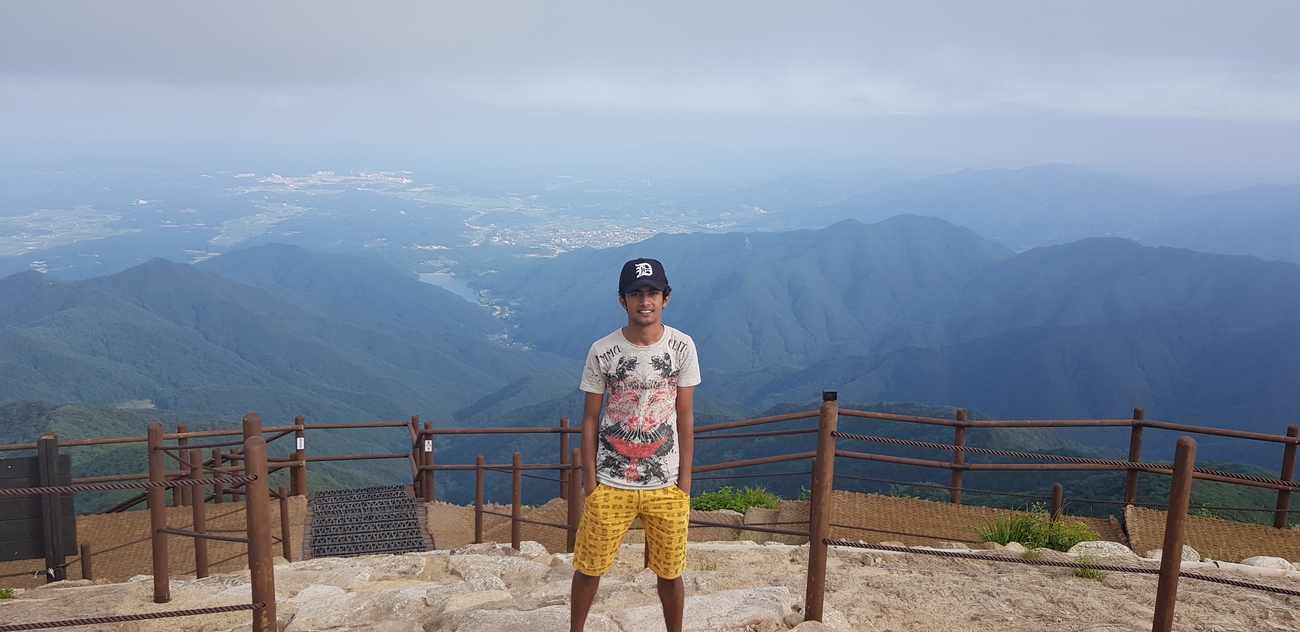
- Start Early: Begin your hike early in the morning to avoid crowds and enjoy the cooler temperatures.
- Pack Essentials: Carry plenty of water, snacks, and sunscreen. A lightweight jacket is also advisable, as the summit can be windy.
- Wear Proper Gear: Comfortable hiking boots and layered clothing are a must.
- Respect Nature: Carry out all your trash and follow the park’s guidelines to preserve its beauty.
How to Get to Sobaeksan
Sobaeksan, located in the central region of South Korea, is a magnificent mountain known for its pristine natural beauty, diverse flora and fauna, and breathtaking views. As part of the Sobaeksan National Park, this destination is perfect for hiking enthusiasts, nature lovers, and those seeking a tranquil escape from city life. Standing at 1,439 meters, Sobaeksan is one of South Korea’s tallest peaks and offers trails that lead to panoramic views, unique cultural sites, and a serene atmosphere. Here’s how you can visit Sobaeksan and explore nearby attractions in detail.
1. From Seoul
If you’re starting from Seoul, traveling to Sobaeksan involves taking a train or bus to the nearby cities of Danyang or Yeongju, which serve as gateways to the national park.
- Train Option:
- Take a KTX or ITX train from Seoul Station to Danyang Station or Yeongju Station.
- Cost:
- KTX: ₩30,000–₩45,000 (one way, depending on class and availability).
- ITX: ₩20,000–₩30,000 (slightly slower but more affordable).
- Duration: 1.5 to 2.5 hours.
- Bus Option:
- From Seoul Express Bus Terminal, take an intercity bus to Danyang or Yeongju.
- Cost: ₩17,000–₩25,000 (one way).
- Duration: Approximately 3 hours.
Once you reach either Danyang or Yeongju, you can take a local bus or taxi to the Sobaeksan National Park entrance.
2. From Other Cities
Bus from Daegu or Busan:
Direct intercity buses to Danyang or Yeongju are available. Costs range from ₩15,000–₩30,000, and the travel time is around 2–3 hours.
Car Rental:
Renting a car gives you flexibility and allows you to explore nearby attractions more conveniently. Cost: ₩60,000–₩100,000 per day (including fuel).
Best Time to Visit
Sobaeksan is stunning year-round, but the best times to visit are:
- Spring (April–June): Wildflowers bloom across the meadows, creating a vibrant landscape.
- Autumn (October): The foliage transforms into a tapestry of red, orange, and yellow.
- Winter (December–February): The snow-covered peaks offer a magical experience.
Nearby Attractions to Explore
1. Gosu Cave (Danyang)
Located near Sobaeksan, Gosu Cave is a natural limestone cave filled with fascinating stalactites and stalagmites that have formed over hundreds of thousands of years. It is one of South Korea’s most famous caves and is often referred to as an “underground palace.”
- How to Get There: A 20-minute taxi ride from Danyang Station (₩10,000–₩15,000).
- Cost: ₩11,000 for adults, ₩7,000 for children.
- Duration: Allow 1–2 hours to explore.
- Tip: Wear comfortable shoes as the cave can be slippery.
2. Dodamsambong Peaks
This stunning natural attraction in Danyang features three rocky peaks rising dramatically from the Namhan River. It’s a popular spot for photography and boating.
- How to Get There: A 10-minute drive from Danyang Station or a short boat ride from the Danyang ferry terminal.
- Cost:
- Boat ride: ₩5,000–₩7,000 per person.
- Admission: Free.
- Best Time to Visit: Sunrise or sunset for the best lighting.
3. Guinsa Temple
Located on the slopes of Sobaeksan, Guinsa Temple is a grand Buddhist temple complex known for its unique architecture and peaceful atmosphere. The temple is an active monastery, and visitors can join meditation sessions or enjoy vegetarian meals prepared by the monks.
- How to Get There: A 30-minute bus ride from Danyang.
- Cost: Free admission. Donations are welcome for temple meals (₩5,000–₩10,000 per meal).
- Duration: 2–3 hours for a full exploration.
4. Danuri Aquarium (Danyang)
If you’re traveling with family, Danuri Aquarium is a must-visit. It houses over 20,000 freshwater and marine creatures, including rare species like Korean sturgeon.
- How to Get There: A 15-minute walk from Danyang Station.
- Cost: ₩10,000 for adults, ₩6,000 for children.
- Duration: 1–2 hours.
5. Seonbichon Village (Yeongju)
This traditional village near Yeongju showcases Korea’s Confucian culture. The site features authentic hanok houses, cultural workshops, and performances.
- How to Get There: A 20-minute bus or taxi ride from Yeongju Station.
- Cost: ₩5,000 for adults, ₩3,000 for children. Workshops may have additional fees.
- Tip: Try traditional Korean snacks sold by local vendors.









